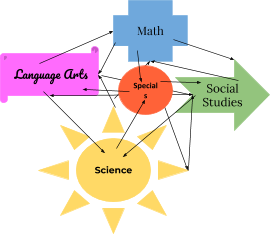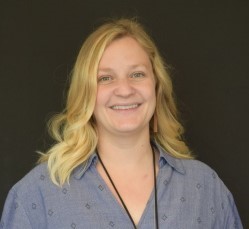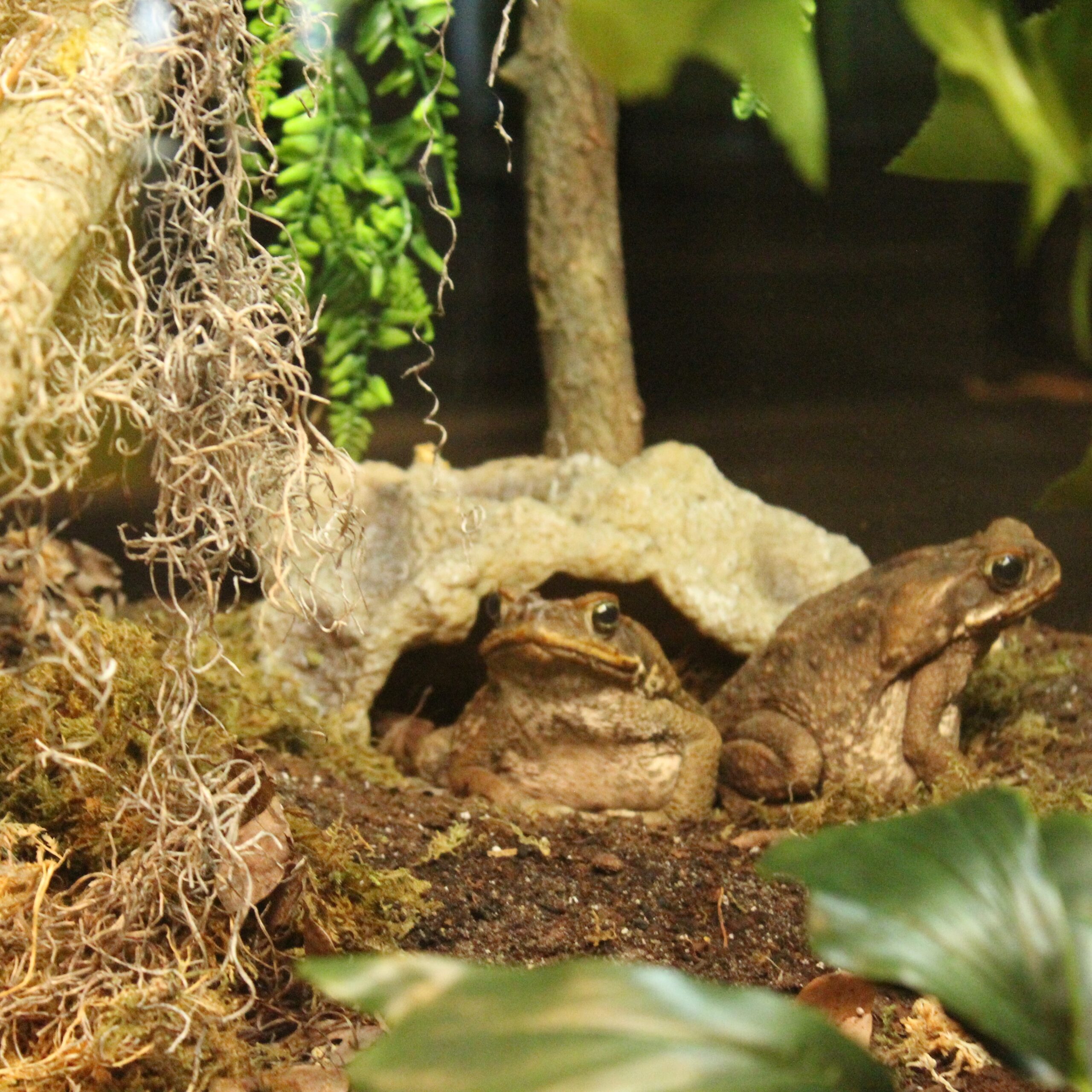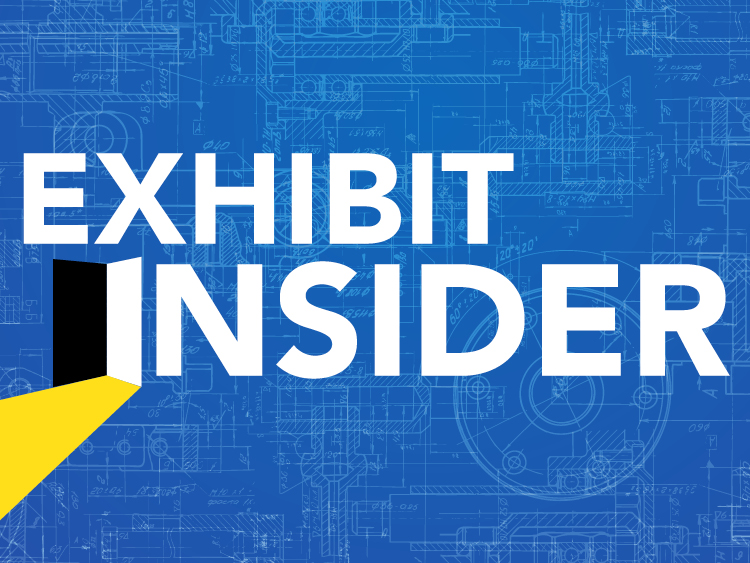 No matter what grade level you teach, there is no denying you could use more time to get through your curriculum. There just never seems to be enough hours in the day. One way that you can make your new science curriculum more manageable, is by capitalizing on interdisciplinary connections. Not only will this make your life easier, it will also benefit your students. We know that science doesn’t happen in a vacuum, you cannot have science without ELA, Math, History, Music (the list goes on!) and this is true the other way around as well. Our disciplines are naturally intertwined and to make the most sense out of our content, it makes sense to link them together in our classrooms as well. This might be easier for elementary educators that teach multiple subjects within the school day, but with a little communication between grade level teams, it is doable for secondary educators as well.
No matter what grade level you teach, there is no denying you could use more time to get through your curriculum. There just never seems to be enough hours in the day. One way that you can make your new science curriculum more manageable, is by capitalizing on interdisciplinary connections. Not only will this make your life easier, it will also benefit your students. We know that science doesn’t happen in a vacuum, you cannot have science without ELA, Math, History, Music (the list goes on!) and this is true the other way around as well. Our disciplines are naturally intertwined and to make the most sense out of our content, it makes sense to link them together in our classrooms as well. This might be easier for elementary educators that teach multiple subjects within the school day, but with a little communication between grade level teams, it is doable for secondary educators as well.
 If you take a few moments to read the framework, you will immediately notice the opportunities for interdisciplinary connections. One entry point is the Crosscutting Concepts (CCCs). The CCCs are a dimension of the Next Generation Science Standards that are meant to provide students with a framework to link between the science disciplines and oftentimes can carry over to ELA, Math, and other core and elective subjects. For more information on what the CCC’s are, check out our previous blog post, “A Lightbulb Moment”. If you spend a few moments with the CCCs, however, you’ll notice natural points of overlap (ie. patterns, cause and effect, scale/proportion/quantity). Many of these concepts are ones that students are not only familiar with in a context regarding school, but their everyday lives as well.
If you take a few moments to read the framework, you will immediately notice the opportunities for interdisciplinary connections. One entry point is the Crosscutting Concepts (CCCs). The CCCs are a dimension of the Next Generation Science Standards that are meant to provide students with a framework to link between the science disciplines and oftentimes can carry over to ELA, Math, and other core and elective subjects. For more information on what the CCC’s are, check out our previous blog post, “A Lightbulb Moment”. If you spend a few moments with the CCCs, however, you’ll notice natural points of overlap (ie. patterns, cause and effect, scale/proportion/quantity). Many of these concepts are ones that students are not only familiar with in a context regarding school, but their everyday lives as well.
The CCCs are not the only way to link Science with other disciplines though. A great way to integrate your science content with your other disciplines is through accountable talk. Consider having your science talk circle using your accountable talk protocol during your experiment debrief or discuss your science concepts during your ELA lessons. Through this, your students will not only be participating in the Science and Engineering Practice (SEP) of Engaging in Argument from Evidence, but will also learn the interconnected nature of spoken language and science content.
Another great way to blend science into your other lessons is through the use of a science phenomena. A phenomenon is something that you use to anchor your unit or activity. It’s something that begs for an answer and, in turn, provides an engaging hook for students to learn new content in order to be able to answer. Consider discussing your science phenomena during your literacy lessons. Or, do some math equations to help discover more about it. New to phenomena? Take a few minutes to watch our Take 10 on how to choose a Phenomena and read our companion blog.
However you decide to blend your classes or lessons, try to make things easier on yourself and use the same language. Don’t reinvent the wheel! Whatever vocabulary you use to describe talk or writing in the morning, use it in the afternoon as well. It will also be an easier transition for your students if they know talk means talk, analyze means analyze, so on and so forth. Try to find the natural connections between what you are already doing and highlight those features.
Stay connected! Be sure to subscribe to Down to a Science— The Official Blog of the Connecticut Science Center and follow us on social media.

Lindsey Sullivan is a Professional Learning Specialist at the Connecticut Science Center’s Mandell Academy for Teachers. Before joining the Mandell Academy, Lindsey was a high school science teacher. Currently, Lindsey supports educators as they make sense of NGSS through her facilitation of workshops offered by the Mandell Academy as well as providing coaching support in schools.


